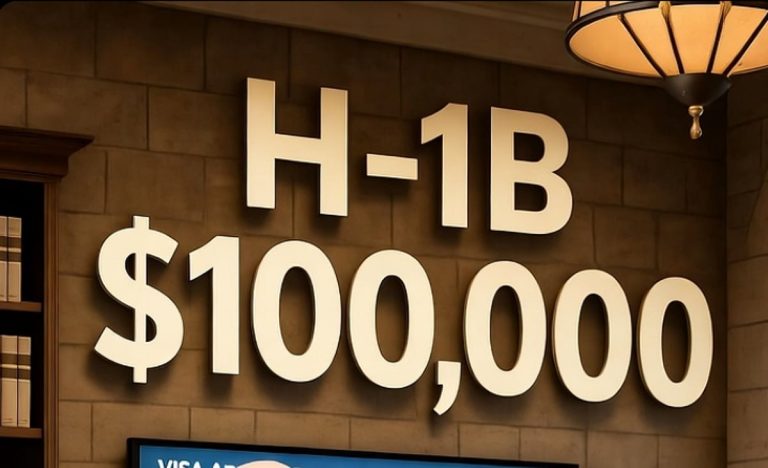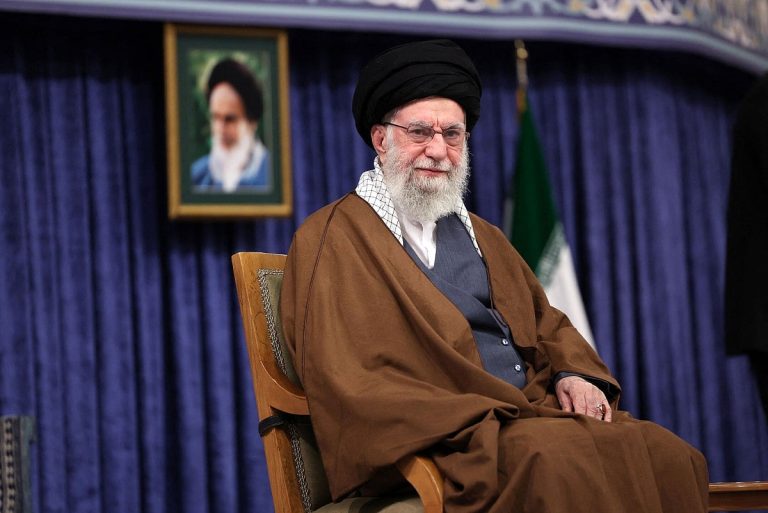Japan’s Prime Minister Takaichi Seeks Stronger U.S. Ties
As Japan’s new Prime Minister, Sanae Takaichi is eager to establish a strong rapport with U.S. President Donald Trump during his recent visit. With trade tensions looming, Takaichi’s strategy includes a symbolic gesture involving American-made Ford F-150 trucks, which she hopes will resonate with Trump and bolster bilateral relations.
Building a Diplomatic Relationship
Takaichi, who took office just a week before Trump’s arrival, is Japan’s first female prime minister and faces the challenge of navigating a complex political landscape. Her coalition government is still finding its footing, making her initial interactions with Trump crucial. The idea of purchasing a fleet of Ford F-150 trucks has emerged as a potential icebreaker, despite concerns about the practicality of such vehicles in Japan’s narrow urban streets.
During Trump’s flight to Asia, he expressed enthusiasm for the Ford trucks, stating, “She has good taste. That’s a hot truck.” This positive reception could pave the way for a more amicable relationship between the two leaders.
Emphasizing Shared Interests
In a phone call prior to the visit, Takaichi highlighted her connection to former Prime Minister Shinzo Abe, a leader Trump admired. She mentioned Abe’s role in facilitating a ceasefire in Gaza, which Trump appreciated. Takaichi’s acknowledgment of her political lineage aims to create a sense of continuity and trust with Trump, who has previously enjoyed a strong rapport with Abe.
However, Takaichi’s approach is not solely about personal connections. She is also focused on addressing the economic challenges posed by Trump’s trade policies, which have included tariffs that affect Japanese exports. The upcoming meetings are not just about camaraderie; they are also about finding common ground on trade and investment.
Navigating Trade Dynamics
The backdrop of Takaichi’s discussions with Trump includes a broader strategy to counter China’s growing economic influence. Both Japan and the United States are keen to limit China’s advancements in sectors like electric vehicles and artificial intelligence, which could threaten their economic stability. Kristi Govella, a Japan expert at the Centre for Strategic and International Studies, notes that Takaichi’s ability to strengthen U.S.-Japan relations could enhance Trump’s negotiating position ahead of his meeting with Chinese leader Xi Jinping.
Japan’s previous administration had committed to investing $550 billion in the U.S., which led to a reduction in proposed tariffs on Japanese goods. However, Japan is keen to ensure that these investments benefit its own companies. The Japanese economy and trade minister, Ryosei Akazawa, is currently compiling a list of potential projects in technology and energy to meet investment goals.
American Goods and Market Access
In addition to the Ford trucks, Japan is exploring the possibility of increasing imports of American soybeans, liquefied natural gas, and automobiles. For Trump, the introduction of Ford trucks into Japan represents a significant opportunity to address longstanding grievances about American vehicles being sidelined in a market dominated by Japanese manufacturers.
Concerns remain regarding the practicality of using Ford F-150 trucks in Japan’s urban environment. Reports suggest that Takaichi may arrange for these trucks to be showcased during Trump’s visit, potentially for use by the transport ministry. However, the size of these vehicles raises questions about traffic congestion in densely populated areas.
Strengthening Ties Through Shared History
Takaichi’s connection to Abe may serve as an asset in her dealings with Trump. The former prime minister had a personal bond with Trump, often sharing leisure activities like golf. Trump has expressed his fondness for Abe, making Takaichi’s ties to him a strategic advantage. However, experts caution that while leveraging this connection can be beneficial, Takaichi must also carve out her own identity as a leader.
Rintaro Nishimura, a Japan specialist at The Asia Group, emphasizes the importance of Takaichi establishing her own diplomatic style. While she may want to start her tenure with impactful gestures, relying too heavily on Abe’s legacy could hinder her ability to develop a distinct leadership portfolio.
FAQs
What is the significance of the Ford F-150 trucks in Takaichi’s strategy?
The Ford F-150 trucks symbolize a gesture of goodwill towards Trump, aiming to strengthen U.S.-Japan relations amid trade tensions.
How does Takaichi plan to address trade issues with the U.S.?
Takaichi is focusing on increasing Japanese investments in the U.S. and exploring opportunities to import more American goods, including agricultural products and vehicles.
What challenges does Takaichi face as Japan’s first female prime minister?
Takaichi must navigate a complex political landscape with a fragile coalition government while establishing her own identity and approach to diplomacy, particularly in relation to the U.S.
Conclusion
Sanae Takaichi’s initial interactions with President Trump are pivotal for shaping Japan’s future diplomatic and trade relations with the United States. By leveraging symbolic gestures and emphasizing shared interests, Takaichi aims to foster a cooperative environment that addresses economic challenges while establishing her leadership identity. The outcomes of these discussions will be closely watched as both nations navigate a rapidly changing global landscape.
Also Read:
Japan Appoints First Female Prime Minister Sanae Takaichi
Sanae Takaichi Becomes Japan’s First Female Prime Minister







